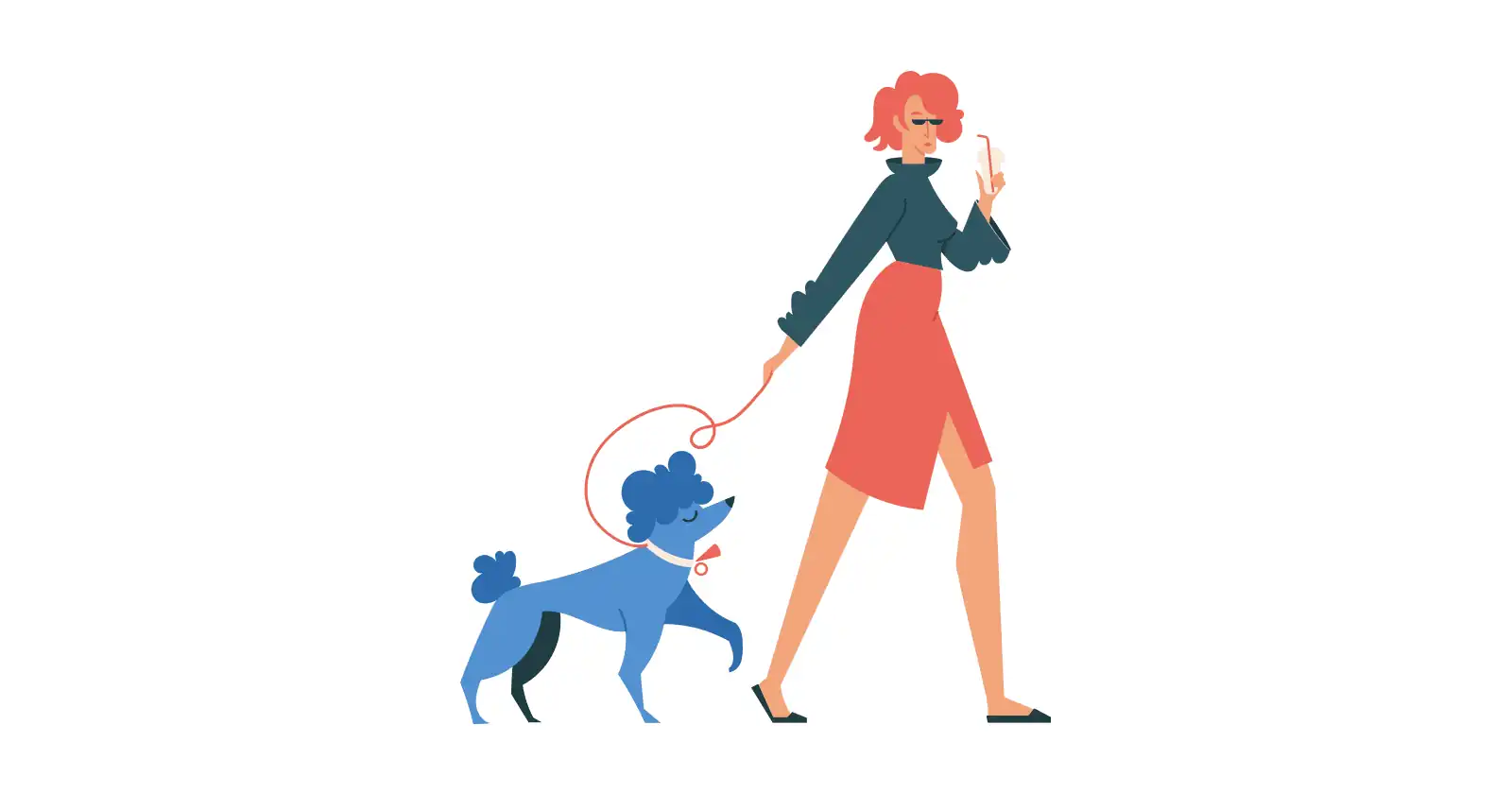Building a Healthy and Happy Dog Walking Routine!

As a pet parent, you know that your dog needs regular exercise. Walking is one of the best ways to provide your dog with the physical and mental stimulation they need to stay healthy and happy. But how do you set up a dog walk routine that works for both you and your furry friend?
Here are a few tips:
-
Consider your dog's age, breed, and energy level. Some dogs, like puppies and high-energy breeds, need more exercise than others. It's important to tailor your walk routine to your dog's individual needs.
-
Choose a time that works for both you and your dog. If you have a busy schedule, try to walk your dog first thing in the morning or after work. If you're both night owls, take a late-night stroll.
-
Start with short walks and gradually increase the distance and duration as your dog gets fitter. A good rule of thumb is to start with 15-minute walks and gradually increase to 30-minute or 60-minute walks depending on your dog’s breed, age, health conditions, and weight.
-
Make sure your dog is properly trained before you take them on walks. This means teaching them basic commands like sit, stay, and come. It's also important to teach them how to walk on a leash.
-
Be aware of your surroundings. When you're walking your dog, be mindful of other people, animals, and traffic. Make sure to keep your dog on a leash and under control at all times. Avoid usage of the phone when you are out on walks with your furry friend.
-
Make walking a fun experience for both you and your dog. Take your dog to different places and let them explore. You can also add variety to your walks by playing fetch or tug-of-war.
By following these tips, you can set up a dog walk routine that will benefit both you and your furry friend.
Here are some additional tips for setting a dog walk routine:
-
If you have a puppy, start with short walks and gradually increase the distance and duration as they get older and more active.
-
If you have an older dog, they may need shorter walks or breaks during walks.
-
If you have a dog with health problems, talk to your veterinarian about how much exercise they should get.
-
Be sure to bring water with you on walks, especially if you're walking in hot weather.
-
If you're walking in a new area, be sure to check for hazards like traffic, sharp objects, and poisonous plants, and carry treats to redirect your doggo’s attention from undesired behaviors and distractions.
-
Be patient and consistent with your dog's leash training. It may take some time for them to learn how to walk on a leash and behave appropriately on walks.
-
Gradually socialize your doggo with new people and animals during walks. Systematic socialization will help elevate your dog walking experience.
Setting a dog walk routine is essential for your dog's health and well-being. By following the tips in this blog, you can create a routine that works for both you and your furry friend. Walking is a great way to provide your dog with physical and mental stimulation, and it can also help to strengthen your bond. So get out there and start walking your dog today!


